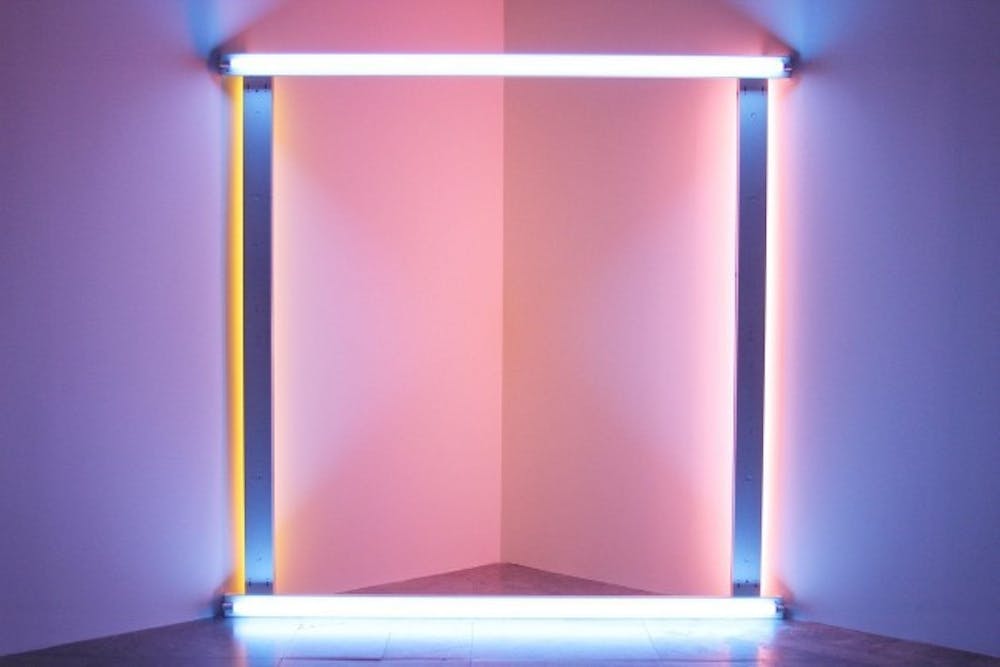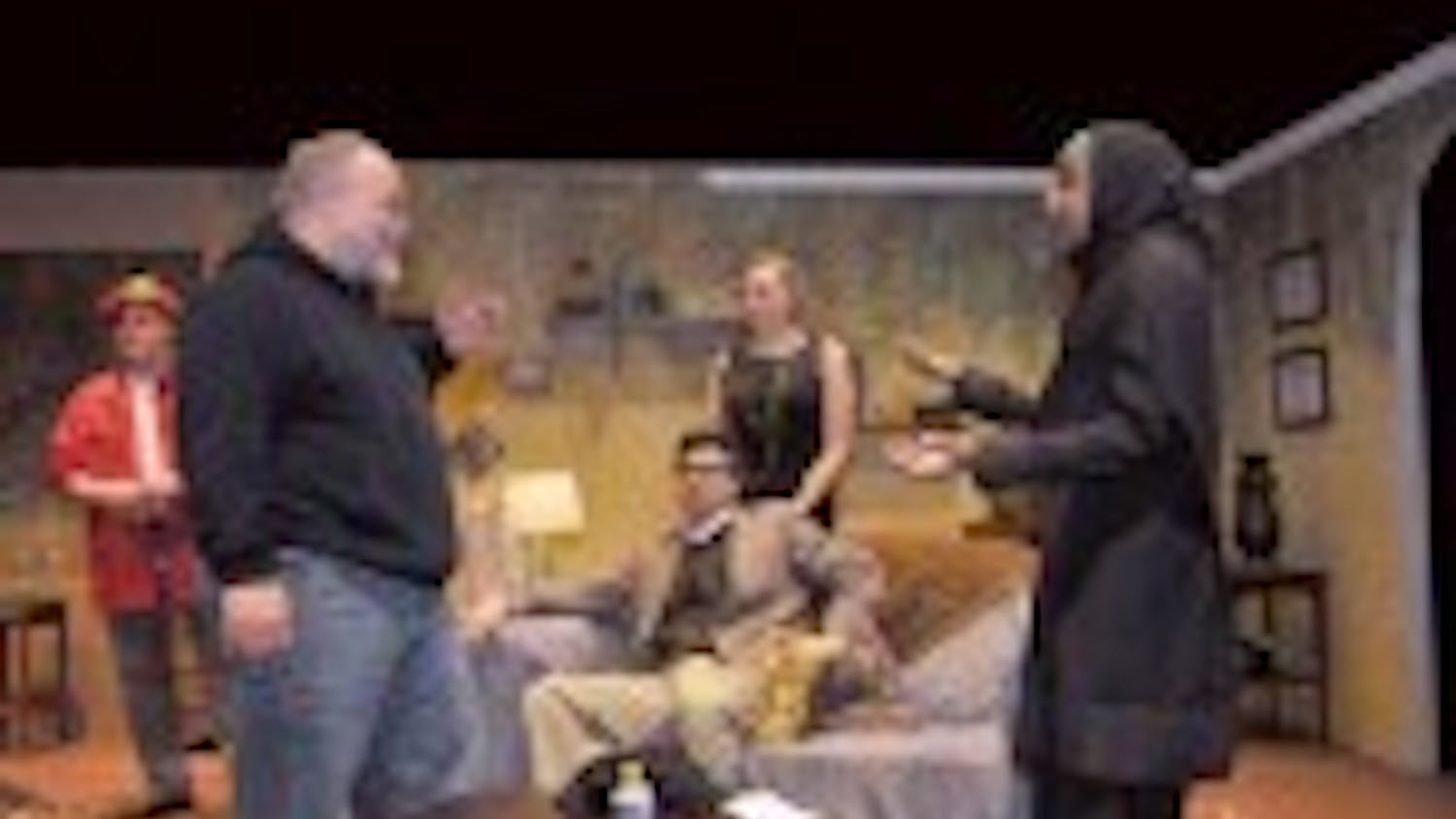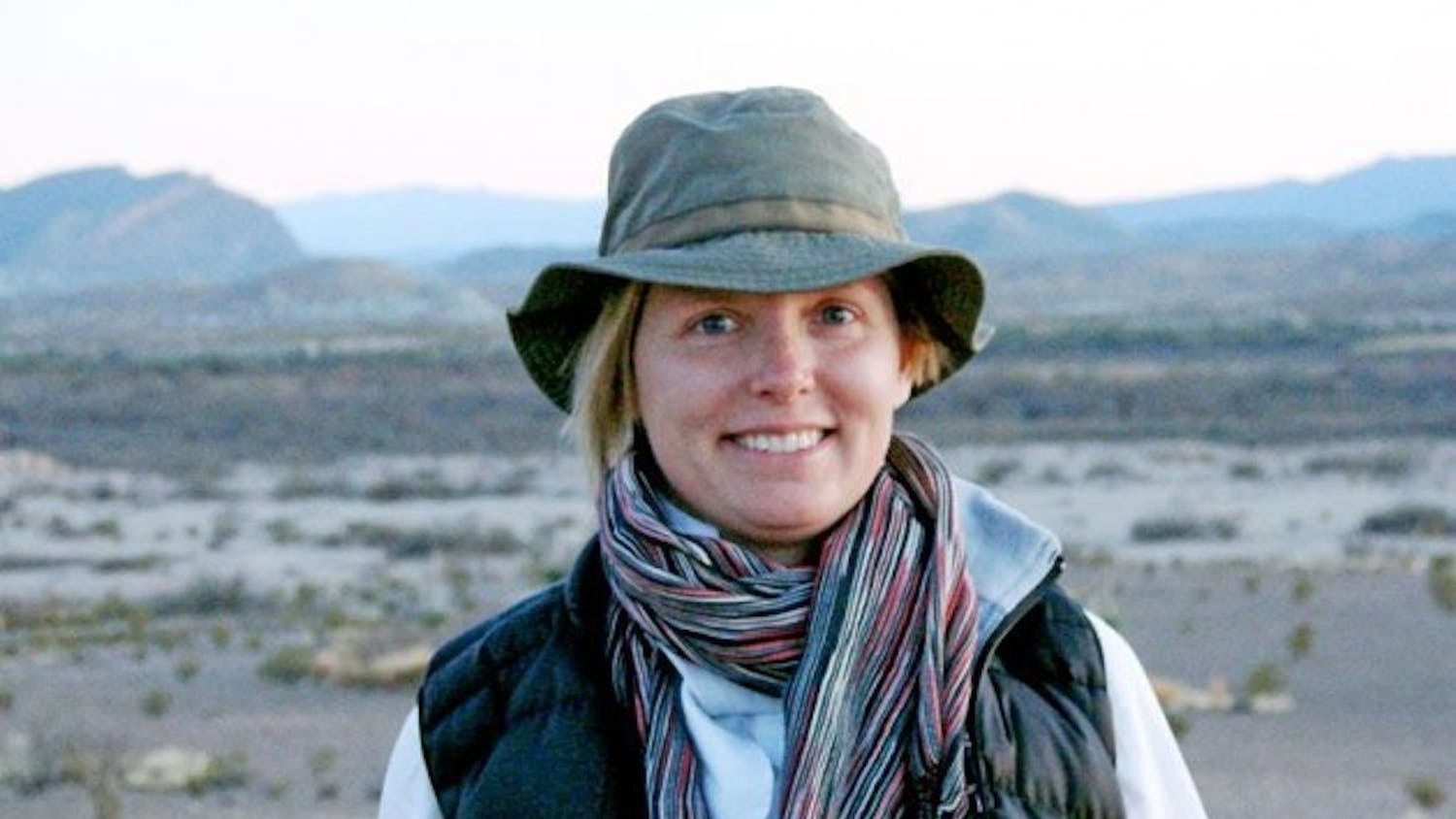While Buffalo may currently be known for its chicken wings, blizzards, and beloved NFL team, just four decades ago it was home to a thriving community of musicians, poets, painters, and visual artists.
Although those days may be long gone, the Albright-Knox Art Gallery has brought it all back to life in its latest exhibit.
The show, entitled Wish You Were Here: The Buffalo Avant-garde in the 1970s, is comprised of a cornucopia of educational and engaging displays, which open up a wormhole to the artistic endeavors of Buffalonians in the 1970s.
The exhibit is filled with artistic diversity and dozens of displays, ranging from pieces like Hannah Wilke's colored chewing gum on cardboard mounted on painted wood (1976) and Rafael Ferrer's Paper Bag Faces (1977), to the poetry of famous UB professors Leslie Fiedler and Robert Creeley.
The abundance of artists that were in Buffalo during this era is something to marvel at while walking through the gallery. Among others, there are pieces from Hallwalls, the Lewiston Artpark, and local academic and musical communities.
"This is a massive sprawling show," said Jonathan Sajda of Buffalo. "I had to run through the gallery for the last [half hour] because there are so many pieces and so many artists to see."
This awe-inspiring realization is something that hit the curator of the exhibit, Heather Pesanti, when she first started looking into the history of the region.
"After I was hired for this job, somebody told me that the great minimalist musician and videographer Tony Conrad lived here so I started looking into him and it just spiraled," Pesanti said. "I saw all the people who were here and I was flabbergasted."
It took years to organize the eclectic blend of artistic mediums into one exhibit because of the show's extensive coverage.
"Fortunately some of the foundational blocks had been done," Pesanti said. "IfI had to sort the archives from scratch, it would have taken four years to do one part of it."
Members of the UB community had a huge impact on the artistic milieu of the times and subsequently the depth of the exposition.
One exhibit featured UB music professor Morton Feldman, who taught from 1972 until his death in 1987. A recording of Feldman's music accompanied pictures of him.
"His use of sporadic rests throughout his compositional style intrigues the listener," said Jessica Essary, a third-year doctoral elementary education student. "It's like the phantom without the opera."
Another inspirational, UB-affiliated force mentioned in the exhibit was Gerald O'Grady. O'Grady started UB's Media Studies program and the Educational Communications Center after being offered a job in the UB English Department in 1969. He also started Media Study/Buffalo, an independently funded community center in downtown Buffalo. These programs sparked a massive surge of visual artistry throughout the city and are the influences for many of the gallery's displays.
Steina Vasulka, an Icelandic artist and UB media studies professor, had an entire room devoted to her futuristic exhibit, called Allvision (1976). It was strapped to a mechanical, slowly spinning apparatus, with two video-cameras focusing inward on a spherical mirror, which shows the whole room in a fish-eye state.
Wish You Were Here Symposiumwill offer free admission on Sunday, April 15.
Email: arts@ubspectrum.com





